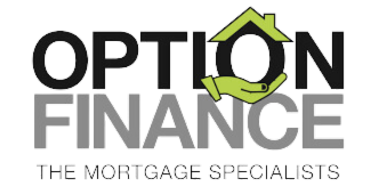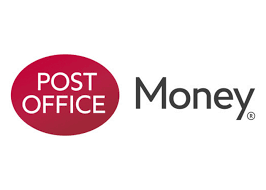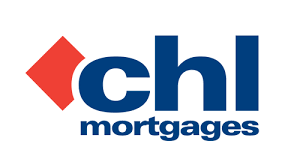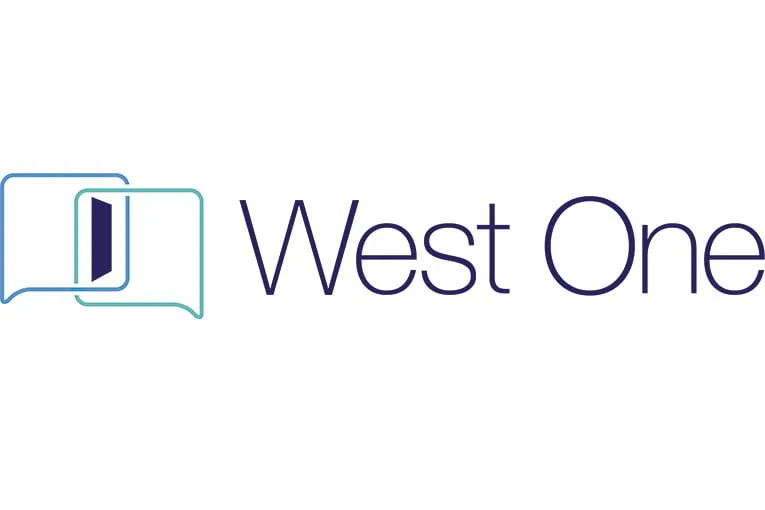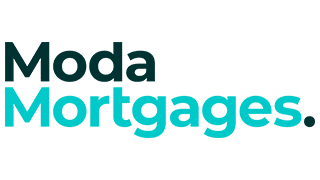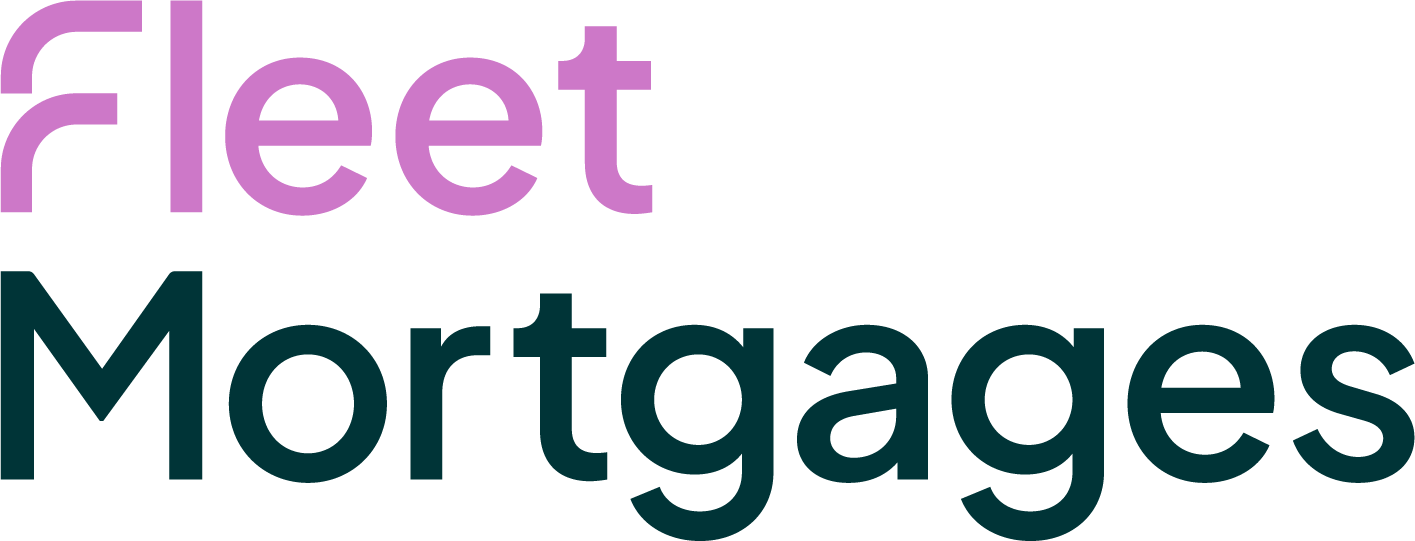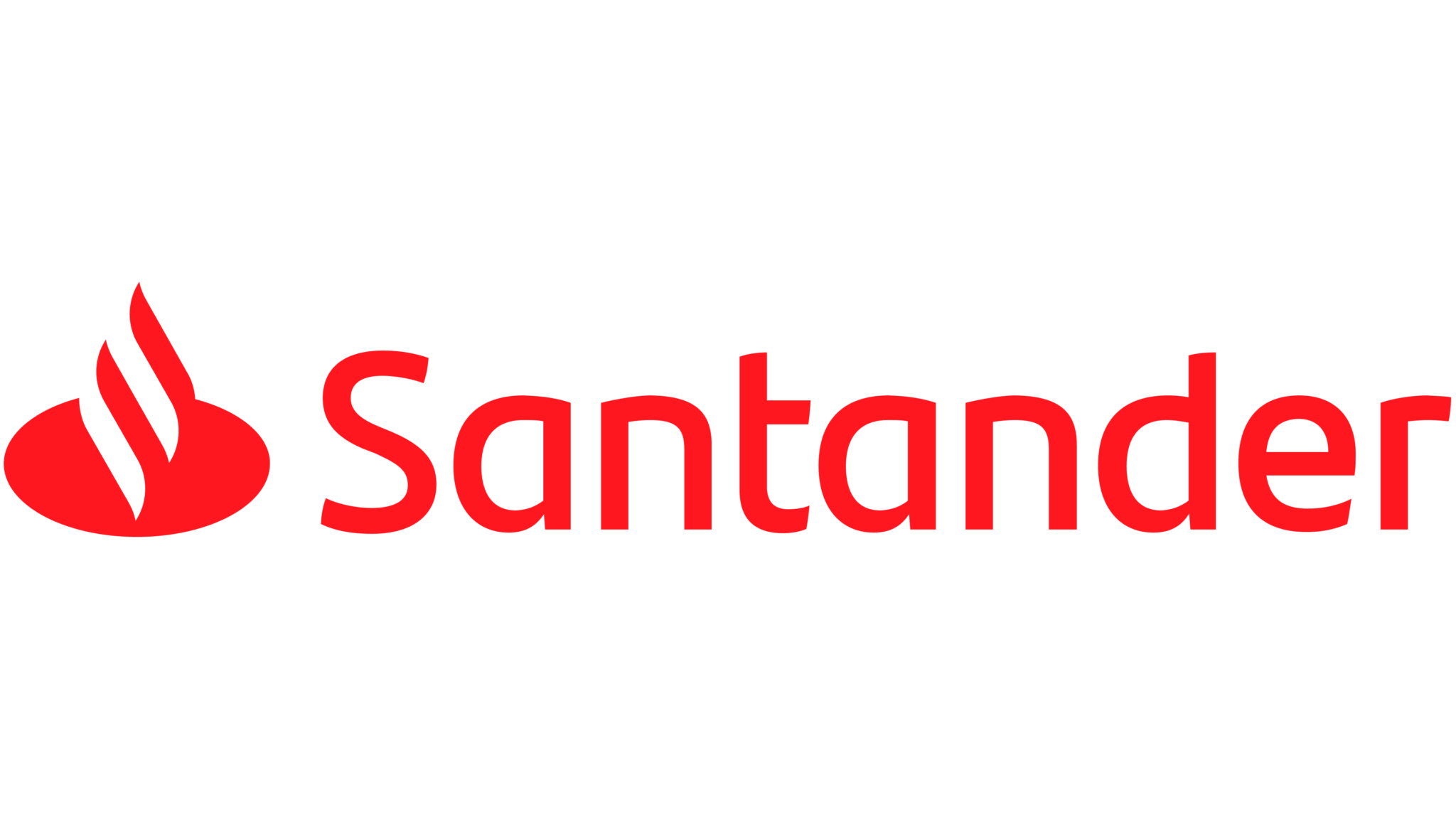Introduction to Buy to Let
Buy to let is a popular investment option for those looking to generate rental income and potentially benefit from long-term property appreciation. A buy to let mortgage is a type of mortgage specifically designed for individuals who want to purchase a property with the intention of renting it out to tenants.
The rental income from the property is used to cover the mortgage payments, and any surplus can be used as a source of income. Unlike residential mortgages, buy to let mortgages are based on the expected rental income of the property rather than the borrower’s personal income. This makes them a unique financial product tailored to the needs of property investors.
Can I Get a Buy-to-Let Mortgage?
If you’re looking to purchase a property to rent out, you’ll need a buy-to-let (BTL) mortgage. These mortgages are designed specifically for investment purposes and come with different criteria compared to standard residential mortgages. Tougher lending restrictions have been imposed by the Bank of England, affecting the criteria for buy-to-let mortgages.
To obtain a buy-to-let mortgage, the borrower must usually be over 18 years old and be a UK resident. These criteria ensure that applicants meet the basic legal and residency requirements for property ownership. When you own a buy-to-let property, you let it out in order to produce a rental return and income stream.
This income can provide financial stability and is often seen as a reliable investment. Borrowing limits are often determined by the expected rental income. The general perception is that buy-to-let properties should generate sufficient income to cover expenses like maintenance and mortgage costs. The concept of buying to let is considered safer than investing in stocks or shares by many investors.
Who Can Get a Buy-to-Let Mortgage?
Here’s what most lenders will expect: Not all lenders offer buy-to-let mortgages to first-time buyers, which can hinder their options in the market.
Additionally, first-time buyers purchasing a buy-to-let property generally do not qualify for first-time buyer stamp duty relief. First-time buyers can consider purchasing a property in a cheaper area to enter the buy-to-let market.
- Property Ownership: You’ll typically need to be a current homeowner to qualify for a buy-to-let mortgage.
- Deposit Requirement: Most lenders require a minimum 25% deposit, with BTL mortgages starting from 75% loan-to-value (LTV). The size of the deposit required for a buy-to-let mortgage typically ranges from 20-25% of the purchase price. A larger deposit is often required for buy-to-let mortgages compared to standard residential mortgages.
- Income Criteria: Earning £25,000+ annually will give you access to most lenders. However, some lenders place more emphasis on the expected rental income rather than your personal income. Lenders now require specific mortgage details and cash flow projections for each property in a portfolio.
- Rental Coverage: Your expected rental income usually needs to cover at least 125% of the monthly mortgage payment. Lenders often require market rental assessments as part of the application. Interest cover ratios (ICRs) are used by lenders to determine how much profit a landlord is likely to make.
- Credit Score: A strong credit profile improves your chances of securing a better rate. If you have credit issues, there are specialist lenders available, albeit often at higher rates. Existing landlords need to provide a mortgage statement for their current properties.
- Age Restrictions: Most lenders have minimum and maximum age limits, typically between 21 and 75 years old.
- Lender Criteria: Each lender has their own unique requirements, so it’s important to work with someone who can identify the right match for your circumstances.
- Compliance Standards: The majority of buy-to-let properties require compliance with safety and legal rental standards, imposed on landlords.
How Does a Buy-to-Let Mortgage Work?
Buy-to-let mortgages differ from residential ones in a few key ways. Buy-to-let conveyancing is the legal process of transferring ownership of a rental property, which begins when the offer is accepted.
This process is essential to ensure the legal transfer of ownership and compliance with property laws. Buy-to-let has grown in popularity, showing its strength in the property market. A rental yield is determined by dividing the annual rental income by the property purchase price and multiplying by 100. A good rental yield in the UK is typically between 5-8%, making it an attractive benchmark for investors aiming for profitability.
- Interest-Only Loans: Most landlords choose interest-only mortgages to keep monthly repayments lower. This means you’ll only pay the interest each month, not the capital. At the end of the mortgage term, the remaining balance will need to be paid off. Buy-to-let mortgages can have substantial upfront fees, often significantly higher than standard residential mortgage fees.
- Repaying the Loan: At the end of the mortgage term, the full loan amount is still owed. Investors often repay it by selling the property or using a separate repayment plan. Interest-only mortgages help minimise monthly outgoings. Buy-to-let properties can also grow in value, producing a capital gain when you sell.
Types of Mortgages
When it comes to buy to let properties, there are several types of mortgages to consider, including interest-only and repayment mortgages. Interest-only mortgages require the borrower to pay only the interest on the loan each month, which keeps the monthly payments lower. This can be advantageous for landlords looking to maximise their cash flow.
On the other hand, repayment mortgages require the borrower to pay both the interest and the capital, gradually reducing the loan amount over time. The choice between these types of mortgages will depend on your financial circumstances and investment goals. It’s crucial to consider factors such as the expected rental income, mortgage payments, and potential capital gains when selecting a mortgage.
Consulting with a mortgage broker can provide tailored advice and help you find the right mortgage product for your needs.
How Much Can I Borrow on a Buy-to-Let Mortgage?
Lenders assess affordability based on the projected rental income of the property, rather than your personal earnings. Lenders use the property’s rental income to determine borrowing limits. Most will want the rent to exceed 125–145% of the monthly mortgage payment, depending on the lender and your tax status.
Typically, lenders require the rental income to be at least 125-130% of the monthly mortgage payments to ensure sufficient coverage. Strict affordability tests are applied to ensure the rental income can cover the mortgage payments.
For example, if your expected monthly rent is £950, you could potentially borrow up to £142,500, assuming a 75% LTV mortgage.
How Much Deposit Do I Need?
The typical starting point is a 25% deposit, but larger deposits open up access to better rates and a wider choice of lenders. For example:
- 25% Deposit (75% LTV) – Standard requirement
- 40% Deposit (60% LTV) – Access to the most competitive rates
- 20% Deposit (80% LTV) – Possible with some lenders, but rates and fees may be higher
For the best deals, a deposit of at least 40% of the property price is often required.
Buy-to-let landlords are often required to hold a minimum deposit of 25%, although better deals may require 40% or more. A bigger deposit is often required for buy-to-let mortgages compared to standard residential mortgages due to stricter lender requirements and limited options available to new investors.
What Are the Current Interest Rates for Buy-to-Let Mortgages?
Your interest rate depends on several factors:
- Loan-to-Value Ratio: Lower LTV means lower risk for lenders, which generally leads to better rates. The best deals are usually at 60% LTV. Additionally, arrangement fees can impact the overall cost of borrowing and should be considered when comparing mortgage deals.
- Credit Profile: Clean credit history gives you access to mainstream lenders. If your credit is less than perfect, specialist lenders can help, though rates will be higher.
- Type of Rate: Fixed rates offer stability over a set term, while variable rates may be lower initially but can rise if the Bank of England base rate increases.
Tax Implications
Investing in buy to let properties comes with various tax implications, including income tax, capital gains tax, and stamp duty. The rental income generated from the property is taxable, and you will need to declare this income on your tax return. Additionally, when you sell the property, you may be liable for capital gains tax on any profit made.
Stamp duty is another consideration, as it is payable when purchasing the property. You can use a stamp duty calculator to estimate the amount of stamp duty payable, especially for buy-to-let and additional properties, as rates and surcharges may vary. Understanding these tax implications is essential to ensure compliance with tax rules and to optimise your investment. Seeking professional advice from a mortgage broker or tax advisor can help you navigate the complex tax landscape and make informed decisions.
Key Considerations Before Applying
Buying a rental property is a business investment and comes with risks you need to factor in:
- Stamp Duty: As a second home buyer, you’ll pay an additional 3% stamp duty surcharge. This can significantly affect your upfront costs. In England and Northern Ireland, buy-to-let property purchasers must pay a stamp duty surcharge of 5% if they already own a property.
- Tax Implications: Rental income is taxable and may push you into a higher tax bracket. You’ll likely need to complete a Self Assessment tax return. Landlords must report rental income as taxable income on their tax returns. Different tax rules apply to rental income compared to personal income, so consulting a tax advisor is advisable.
Capital Gains Tax (CGT) may also apply when you sell the property. If a buy-to-let property value appreciates, landlords may be subject to capital gains tax (CGT) on the profit upon sale. Capital gains tax for lower rate taxpayers is 18%, while higher rate taxpayers may pay 28% on property sales.
The tax-free allowance for capital gains tax is £3,000 per year for individuals, which reduces the taxable profit. Legal fees can be used to offset capital gains tax liabilities when selling buy-to-let properties, making it beneficial to seek independent tax advice.
Landlords can deduct allowable expenses such as maintenance and letting agent fees from their taxable income to reduce tax liability.
- Void Periods: Times without tenants can affect your income. It’s wise to have a financial buffer in place to cover the mortgage during these gaps.
- Legal Responsibilities: Landlords must meet various legal obligations, including protecting tenant deposits and issuing compliant tenancy documents. You might choose to work with a letting agent to handle these duties.
Accidental Landlords
Accidental landlords are those who find themselves renting out a property unexpectedly, often due to inheriting a home or being unable to sell their existing property. If you’re in this situation, it’s important to understand that you cannot usually rent out your home on a standard residential mortgage without your lender’s permission. You may need to switch to a buy to let mortgage or obtain formal consent to let from your mortgage provider.
Accidental landlords often face stricter lending criteria and may encounter higher interest rates compared to those who planned to invest in buy to let from the outset. Consulting a mortgage broker is highly recommended, as they can help you navigate the transition, understand your options, and ensure you remain compliant with your lender’s requirements.
With the right advice, accidental landlords can turn an unexpected situation into a successful investment, making the most of their property while meeting all legal and financial obligations.
Rental Yield and Income
Understanding rental yield and income is key to making a successful buy to let investment. Rental yield measures the annual rental income as a percentage of the property’s purchase price, helping landlords assess the profitability of their investment. For example, if a buy to let property generates £10,000 in annual rental income and the purchase price was £200,000, the rental yield would be 5%.
A good rental yield is typically considered to be between 5-8%, but this can vary depending on location, property type, and market conditions. Prospective landlords should research the local rental market to estimate how much rent they can realistically achieve.
Factors such as proximity to transport links, local amenities, and the condition of the property can all influence rental income. By carefully calculating rental yield and understanding the potential income, landlords can make informed decisions and maximise the returns on their buy to let investment.
Property Maintenance and Management
Proper property maintenance and management are essential for protecting your investment and maximising rental income from your buy to let property. Landlords are responsible for ensuring their rental property is safe, well-maintained, and compliant with all relevant regulations. This includes regular inspections, prompt repairs, and keeping up with safety checks such as gas and electrical certificates.
Many landlords choose to work with letting agents to handle day-to-day management tasks, including finding tenants, collecting rent, and organising maintenance. However, agent fees typically range from 5-15% of the rental income, so it’s important to factor these costs into your cash flow projections.
Whether you manage the property yourself or use an agent, understanding your responsibilities and budgeting for ongoing maintenance and agent fees will help ensure your buy to let investment remains profitable and hassle-free.
Benefits and Risks
Investing in buy to let properties can offer numerous benefits, such as generating rental income, potential capital gains, and diversifying your investment portfolio. However, it’s important to be aware of the risks involved. Changes in the property market, rental voids, and regulatory changes can all impact your investment.
It’s essential to carefully weigh the benefits and risks before committing to a buy to let property. Professional advice from a mortgage broker can provide valuable insights into the potential risks and rewards, helping you make an informed decision and find the right mortgage product for your investment.
Finding a Mortgage Broker
Navigating the buy to let mortgage market can be complex, which is why working with a mortgage broker can be highly beneficial. A mortgage broker can help you find the right mortgage product, provide tailored advice, and assist with the mortgage application process. When selecting a mortgage broker, it’s important to choose a reputable and experienced professional who specialises in the buy to let market.
They can help you understand the lending criteria, including the minimum income requirement, and provide guidance on the best course of action. Additionally, a mortgage broker can help you access additional finance and secure the best mortgage deal for your individual circumstances.
Tips to Secure the Best Buy-to-Let Mortgage
Here’s how to boost your chances of getting a great deal. A successful buy-to-let investment relies heavily on choosing the right property in a high-demand area. The buy-to-let mortgage process typically takes around four to six weeks to get an offer and another four weeks for completion under normal circumstances, so planning ahead is crucial.
From 2017 to 2020, mortgage interest tax relief for landlords was phased out, now capped at a 20% tax credit on interest paid.
- Check Your Credit Report: Address any issues in advance to improve your credit score.
- Use a Mortgage Broker: I can compare rates across hundreds of lenders to find the best solution for your needs. A mortgage lender will assess your eligibility based on rental income and financial circumstances.
- Factor in Fees: The lowest rates may come with high fees. Always consider the overall cost, not just the rate. The best mortgage deals are not just about the interest rates but also the overall cost, fees, and terms.
- Present a Strong Application: A healthy deposit, solid rental projections, and minimal personal debt all improve your position.
Get help from an experienced mortgage broker
You can speak to one of our specialist mortgage brokers who would be able to guide you through the process. They will advise if there is a lender available and the maximum loan amount based on your circumstances. We are a whole of market mortgage brokerage with access to all lenders. Call us on 01332 470400 or complete the form with your details for us to give you a call back.
What our customers say
Marlon
25 Apr 2025
Showing our favourite reviews

Always attentive, helpful and efficient
Jonathan, 27 Jan 2025

Best Mortgage Broker in the UK!
Liam, 26 Nov 2024

Ben was really helpful in helping me…
George, 28 Aug 2024
FAQs
Who is eligible for a buy-to-let mortgage?
Most lenders expect you to:
Be at least 21 years old
Be a UK resident
Own your own home (in most cases)
Have a minimum annual income of £25,000
Put down a deposit of at least 25%
First-time buyers may face more limited options, but with the right lender or broker, it’s still possible.
How much can I borrow on a buy-to-let mortgage?
Your borrowing limit is based on the expected rental income—not just your personal income.
Typically, lenders want rental income to cover 125%–145% of your monthly mortgage payments, depending on your tax status and the lender’s specific affordability calculations.
What deposit do I need for a buy-to-let mortgage?
You’ll usually need a deposit of 25% of the property’s value. However, larger deposits (e.g., 40%) give you access to better rates and a wider range of lenders. Some lenders may consider lower deposits, but often at higher interest rates and fees.
What are the tax implications of buy-to-let?
As a landlord, you’ll need to pay:
Income Tax on rental income
Stamp Duty (including a 3% surcharge on second properties)
Capital Gains Tax if you sell the property for a profit
You can reduce your tax bill by deducting allowable expenses like maintenance and agent fees. A tax advisor can help you optimise your returns.
Can I get a buy-to-let mortgage if I have bad credit?
Yes—while high street lenders may decline, there are specialist lenders who consider applicants with poor credit histories. You may need a larger deposit, and interest rates might be higher, but a mortgage broker can help match you with the right lender for your circumstances.
Ready to Take the First Step?
Whether you’re a first-time buyer, remortgaging, or moving home, bad credit doesn’t have to hold you back.
Understanding credit scoring can help you prepare for a mortgage application. You can speak to one of our specialist mortgage brokers who would be able to guide you through the process. They will advise if there is a lender available and the maximum loan amount based on your circumstances. We are a whole of market mortgage brokerage with access to all lenders.
